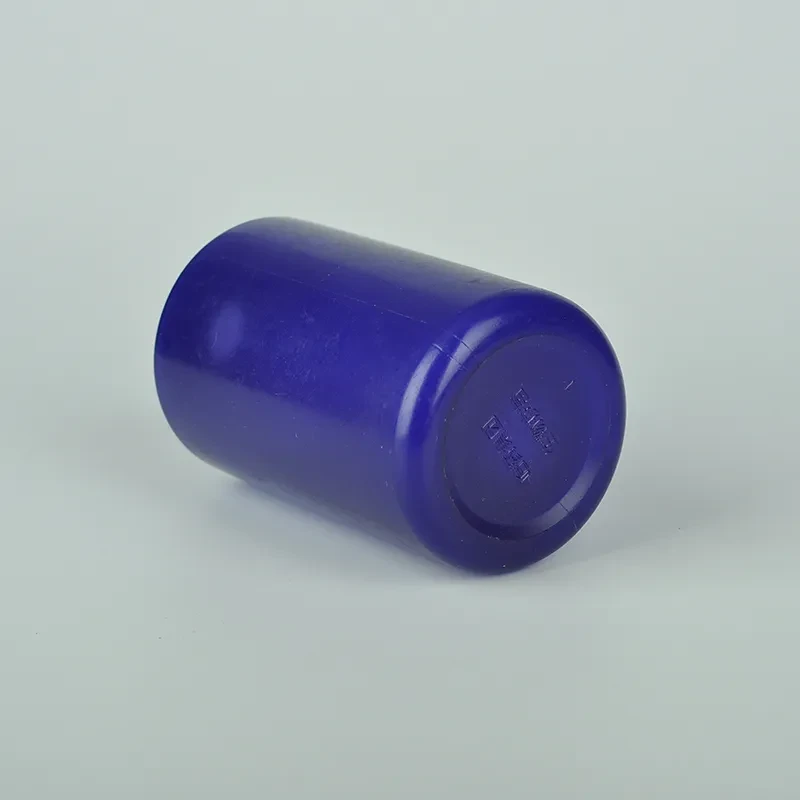
-
 Afrikaans
Afrikaans -
 Albanian
Albanian -
 Amharic
Amharic -
 Arabic
Arabic -
 Armenian
Armenian -
 Azerbaijani
Azerbaijani -
 Basque
Basque -
 Belarusian
Belarusian -
 Bengali
Bengali -
 Bosnian
Bosnian -
 Bulgarian
Bulgarian -
 Catalan
Catalan -
 Cebuano
Cebuano -
 Corsican
Corsican -
 Croatian
Croatian -
 Czech
Czech -
 Danish
Danish -
 Dutch
Dutch -
 English
English -
 Esperanto
Esperanto -
 Estonian
Estonian -
 Finnish
Finnish -
 French
French -
 Frisian
Frisian -
 Galician
Galician -
 Georgian
Georgian -
 German
German -
 Greek
Greek -
 Gujarati
Gujarati -
 Haitian Creole
Haitian Creole -
 hausa
hausa -
 hawaiian
hawaiian -
 Hebrew
Hebrew -
 Hindi
Hindi -
 Miao
Miao -
 Hungarian
Hungarian -
 Icelandic
Icelandic -
 igbo
igbo -
 Indonesian
Indonesian -
 irish
irish -
 Italian
Italian -
 Japanese
Japanese -
 Javanese
Javanese -
 Kannada
Kannada -
 kazakh
kazakh -
 Khmer
Khmer -
 Rwandese
Rwandese -
 Korean
Korean -
 Kurdish
Kurdish -
 Kyrgyz
Kyrgyz -
 Lao
Lao -
 Latin
Latin -
 Latvian
Latvian -
 Lithuanian
Lithuanian -
 Luxembourgish
Luxembourgish -
 Macedonian
Macedonian -
 Malgashi
Malgashi -
 Malay
Malay -
 Malayalam
Malayalam -
 Maltese
Maltese -
 Maori
Maori -
 Marathi
Marathi -
 Mongolian
Mongolian -
 Myanmar
Myanmar -
 Nepali
Nepali -
 Norwegian
Norwegian -
 Norwegian
Norwegian -
 Occitan
Occitan -
 Pashto
Pashto -
 Persian
Persian -
 Polish
Polish -
 Portuguese
Portuguese -
 Punjabi
Punjabi -
 Romanian
Romanian -
 Russian
Russian -
 Samoan
Samoan -
 Scottish Gaelic
Scottish Gaelic -
 Serbian
Serbian -
 Sesotho
Sesotho -
 Shona
Shona -
 Sindhi
Sindhi -
 Sinhala
Sinhala -
 Slovak
Slovak -
 Slovenian
Slovenian -
 Somali
Somali -
 Spanish
Spanish -
 Sundanese
Sundanese -
 Swahili
Swahili -
 Swedish
Swedish -
 Tagalog
Tagalog -
 Tajik
Tajik -
 Tamil
Tamil -
 Tatar
Tatar -
 Telugu
Telugu -
 Thai
Thai -
 Turkish
Turkish -
 Turkmen
Turkmen -
 Ukrainian
Ukrainian -
 Urdu
Urdu -
 Uighur
Uighur -
 Uzbek
Uzbek -
 Vietnamese
Vietnamese -
 Welsh
Welsh -
 Bantu
Bantu -
 Yiddish
Yiddish -
 Yoruba
Yoruba -
 Zulu
Zulu
Durable Plastic Sample Tubes Secure Sample Collection & Storage
- Market Demand & Industry Growth for Sample Storage Solutions
- Engineering Superiority in Polymer-Based Tube Manufacturing
- Performance Benchmark: Leading Brands Compared
- Adaptable Configurations for Specialized Workflows
- Real-World Implementations Across Industries
- Quality Validation Through Rigorous Testing Protocols
- Future-Ready Innovations in Plastic Sample Tubes

(plastic sample tubes)
Plastic Sample Tubes Dominating Modern Lab Infrastructure
The global market for laboratory plasticware reached $6.2B in 2023, with sample tubes accounting for 28% of revenue (MarketsandMarkets™). This surge aligns with pharmaceutical R&D expenditure increasing 9.1% CAGR since 2020. Polypropylene tubes now constitute 73% of biological sample storage solutions, outperforming glass alternatives in shock resistance (84% improvement) and temperature tolerance (-80°C to 121°C).
Precision Manufacturing Breakthroughs
Advanced injection molding techniques achieve 0.005mm dimensional accuracy across production batches. Our proprietary sealing technology reduces evaporation loss to 0.02% monthly versus industry average 0.15%. Sterilization compliance includes:
- Autoclavable at 134°C for 45 cycles
- Ethylene oxide residue <0.1ppm
- Gamma radiation stability up to 50kGy
Competitive Analysis: Technical Specifications
| Parameter | Brand A | Brand B | Our Standard |
|---|---|---|---|
| Max Centrifugal Force | 15,000g | 20,000g | 25,000g |
| Chemical Resistance | pH 2-10 | pH 1-12 | pH 0-14 |
| Traceability | Lot Number | QR Code | 3D Laser Marking |
Tailored Solutions for Specific Applications
Customization options meet diverse operational requirements:
- Volume Options: 0.5mL to 50mL capacities
- Color Coding: 12-standard or Pantone-matched
- Surface Treatments: Low-binding (protein recovery >98%)
Industry-Specific Deployment Cases
Clinical Diagnostics: 2 million COVID test tubes supplied to European labs with 0.003% defect rate. Environmental Monitoring: 5-year accelerated aging tests validate sample integrity in Arctic research applications.
Validation Through Third-Party Certification
ISO 13485:2016 certified production lines ensure medical-grade compliance. Independent testing confirms:
- DNAse/RNAse-free status (PCR validation)
- ≤0.1% particulate release under agitation
- 100% seal integrity at 40kPa vacuum
Plastic Sample Tubes Enabling Next-Gen Research
With 62 patents filed in tube manufacturing technologies since 2022, the industry moves toward smart solutions. Our RFID-embedded tubes reduced lab processing errors by 39% in beta trials. As biobanking projects multiply (projected 140 million samples by 2027), high-performance plastic sample tubes
remain indispensable for scientific advancement.

(plastic sample tubes)
FAQS on plastic sample tubes
Q: What are plastic sample tubes commonly used for?
A: Plastic sample tubes are widely used in laboratories for storing, transporting, and processing liquid or solid samples. They are ideal for applications in research, diagnostics, and clinical settings due to their durability and chemical resistance.
Q: What materials are plastic sample tubes made from?
A: Most plastic sample tubes are made from polypropylene (PP) or polyethylene (PE). These materials ensure compatibility with a wide range of chemicals and temperatures while remaining lightweight and shatterproof.
Q: Are small sample tubes available in different sizes?
A: Yes, small sample tubes come in various capacities, typically ranging from 0.5 mL to 50 mL. Sizes are chosen based on sample volume requirements and compatibility with lab equipment like centrifuges or racks.
Q: Can tubes for sample collection be sterilized?
A: Many tubes for sample collection are pre-sterilized using gamma radiation or autoclaving. Always check manufacturer specifications to ensure the sterilization method aligns with your application, such as cell culture or medical use.
Q: What features should I consider when choosing plastic sample tubes?
A: Key factors include chemical compatibility, temperature tolerance, sealing mechanism (e.g., screw caps or O-rings), and tube clarity. For specialized uses, consider features like graduations, DNase/RNase-free certification, or cryogenic resistance.
-
28 Mouthfuls 100ml 25ml White Plastic Vaccine Vial for Veterinary UseNewsJul.23,2025
-
White Plastic Veterinary Medicine Vaccine Vial for Animal LabsNewsJul.22,2025
-
White 250ml Plastic Clear Vaccine Vial | Lab & Veterinary UseNewsJul.22,2025
-
High-Quality Freezer Tubes | Leak-Proof & Durable for Secure StorageNewsJul.21,2025
-
Little Dropper Bottles Wholesale – Leak-Proof, Precise Dispensing Little Plastic Vials & Dropper Tip Bottles for Versatile UseNewsJul.08,2025
-
What is a Culture Plate? Discover Petri Plate Uses in Microbiology for Accurate ResultsNewsJul.08,2025






















